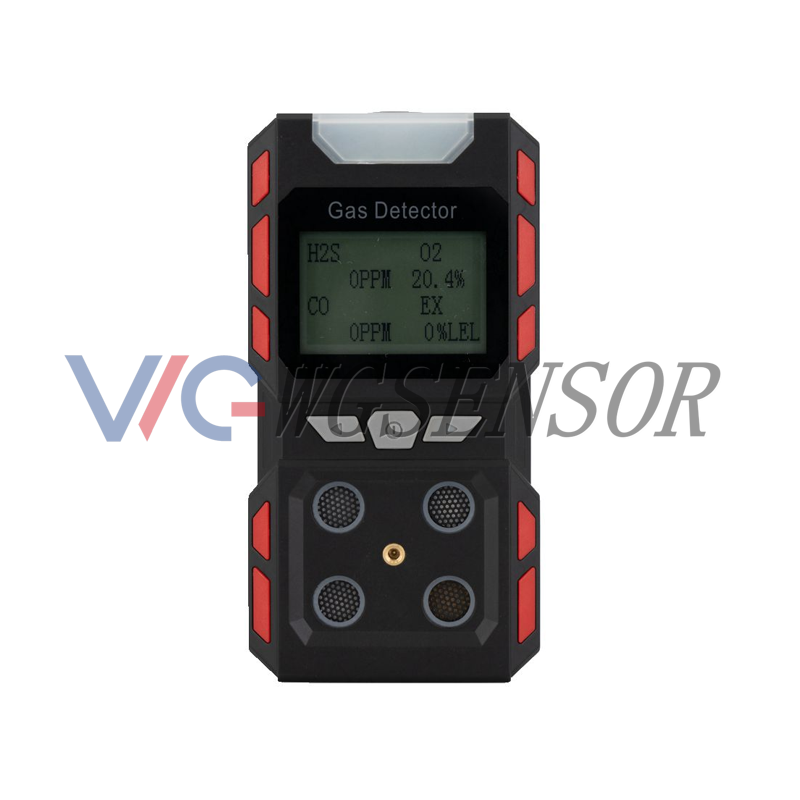We usually see that the measurement scope of the combustible alarms (gas detector), including the natural gas alarm and liquid gas alarm, ranges from 0 to 100% LEL. Then, what does 0~100% LEL mean?
When the combustible gas concentration in the air reaches the LEL, it means that the explosion danger of the combustible gas environment is 100%, or 100% LEL. If the combustible gas content can reach 10% of the LEL, we can regard the explosion danger of the combustible environment to be 10% LEL. When the combustible gas in the environment is monitored, the danger degree of the combustible environment is directly given, which can be denoted by the content of combustible gas in the air and its LEL percentage (% LEL). Therefore, monitoring is sometimes known as “gas-free inspection.” The monitoring instrument used is known as the “gas-free inspector.”
The higher concentration of the combustible gas exploding in the air encountering open fire is known as the upper explosive limit or UEL.
The explosive limit is a measure of the explosion danger of combustible gases, which is very important to settings of the gas alarm. As a very important concept, explosive limit holds vital significance in the anti-fire and anti-explosion work. Usually denoted by the volume percentage of combustible gases in the air, explosive limit can also be represented by the weight percentage of combustible gases.
The explosive limit is a general term for LEL and UEL. The concentration of combustible gase detector in the air will not explode unless reaching the LEL or UEL. In other words, if the concentration is lower than the LEL or higher than the UEL, no explosion will happen. The explosion limit of combustible gases can be divided into the lower explosive limit and the upper explosive limit. If the concentration is higher the UEL, it means the oxygen content in the mixed gas is inadequate, which cannot cause ignition or explosion. If the concentration is lower than the LEL, it means that the combustible gas content in the mixed gas is inadequate, which cannot cause ignition or explosion either. The combustion and explosion of the combustible gas have a close bearing on the pressure, temperature and ignition energy of gases.
The lower explosive limit is indicated by the unit % LEL. The fixed gas alarm is usually set up with two alarm points. 10% LEL represents level-one alarm; 25% LEL represents level-two alarm. The portable detector is usually set up with a 25% LEL alarm point.


Please contact us for free quotation by form below. We promise the quickest response within 24 hours: